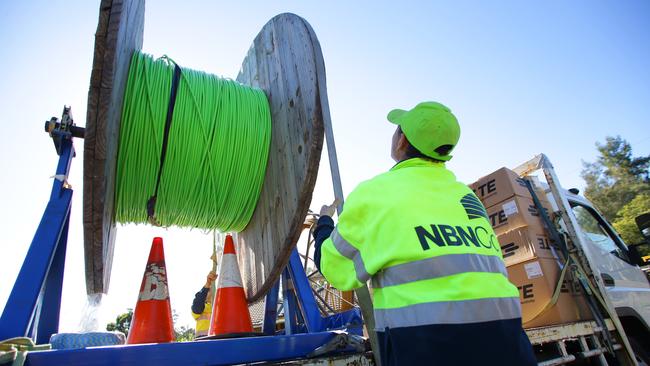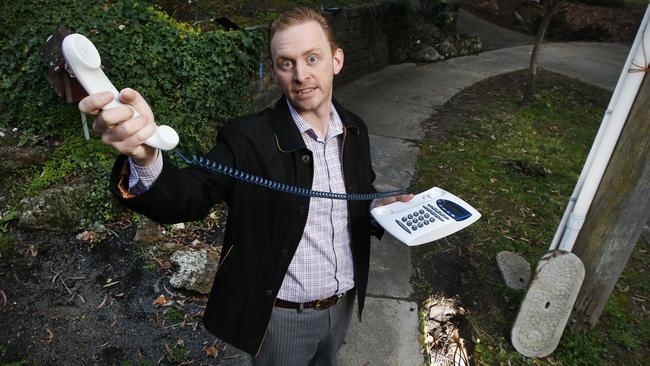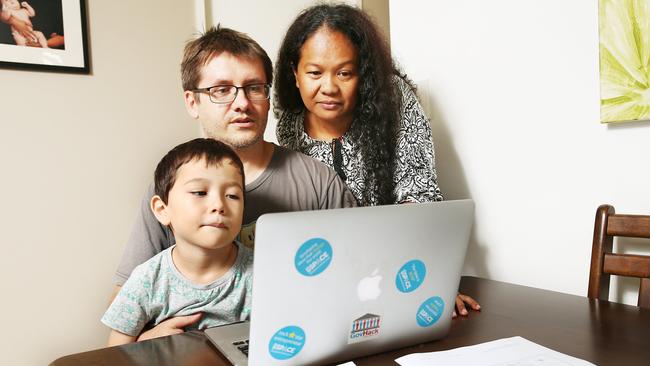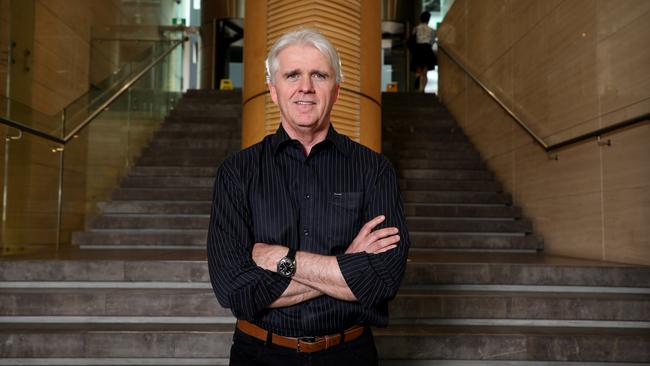Almost half NBN users report problems, with delays and slow speeds top hurdles
ALMOST half of all households connected to the NBN have suffered problems already, according to a new study which reveals the top complaints.

NBN
Don't miss out on the headlines from NBN. Followed categories will be added to My News.
ALMOST half of all households connected to the National Broadband Network have suffered problems during the transition, according to a new study, with reliability and slow speeds their top complaints about the $49 billion project.
Two in every five households reported delays when connecting to the network, the survey conducted for iSelect showed, and almost a third still report buffering issues when trying to stream movies using the next-generation network.
The research arrived as NBN Co revealed a new plan to win over Australia’s internet users, with the first successful trial of fibre-to-the-curb technology in Victoria.
The technology could deliver download speeds faster than fibre-to-the-node connections when it is deployed early next year.

The survey of more than 1000 Australians conducted by Galaxy Research showed NBN Co had many dissatisfied customers, with as many as 1.3 million NBN users experiencing issues while connecting to the network, including installation delays, technical problems, and slow speeds.
Just 44 per cent of NBN users said the network had met their expectations, and their greatest frustrations centred on delays and service interruptions.
MORE: Doctor fears ongoing NBN delays put patients at risk
iSelect telco commercial manager Tegan Webster said there were a number of reasons behind the high dissatisfaction rate, including a lack of education about what to expect and how to select the best NBN plan.
“Am I surprised? No. Am I saddened? Yes,” Ms Webster said.
“A good connection depends on many varying factors, from when NBN technicians are in your area to how many nodes are available, and to the retailers. It’s not as straightforward as it might seem.”
Ms Webster said in addition to technical problems with some NBN connections, users often became confused about when an NBN connection was available at their home, and what type of NBN plan and provider to choose.

Many users, she said, chose their broadband plan on price alone, and overlooked speed tiers available at 12, 25, 50 and 100 megabits per second.
These speeds were described in different ways by different providers, she said, such as “very fast speed boost” and “made for everyday,” which further confused internet users.
“If you’re on ADSL 2+ and you go with the slowest NBN plan, it will be slower than what you’re getting with ADSL,” she said. “The speed tiers are something that has really thrown people.”
Frustrations with download speeds may have contributed to a recent surge in complaints about the NBN to the Telecommunications Industry Ombudsman, which reported a spike of 159 per cent over the last financial year.
NBN Co revealed a new ploy to win over users today, however, with its first trial of fibre-to-the-curb technology that extended fibre optic cable to a property’s boundary and relied on copper wire for the connection to the home.

The FTTC connection could deliver a top speed of 100 megabits per second, NBN estimated, and would cost $1500 less to install than Fibre-to-the-Premises but $600 more than fibre-to-the-node and pay-TV cable connections.
NBN Co chief executive Bill Morrow said the kerbside technology would deliver fast download speeds without the need to “dig up people’s driveways” like fibre-to-the-premises technology, which he said was “just not feasible” to install to all premises “in a country like Australia” despite what critics claimed.
“We are now able to deploy the most appropriate technology in each area of the build and this makes or deployment much faster and cost-effective,” he said.
“Of course, I understand why some people come out with glib catchphrases like, ‘Do it once, do it right, do it with fibre.’ If only it were as simple as that in the real world.”
More than three million households and businesses are currently connected to the NBN, which is available to more than 6.1 million premises and is due for completion in 2020.
Originally published as Almost half NBN users report problems, with delays and slow speeds top hurdles
